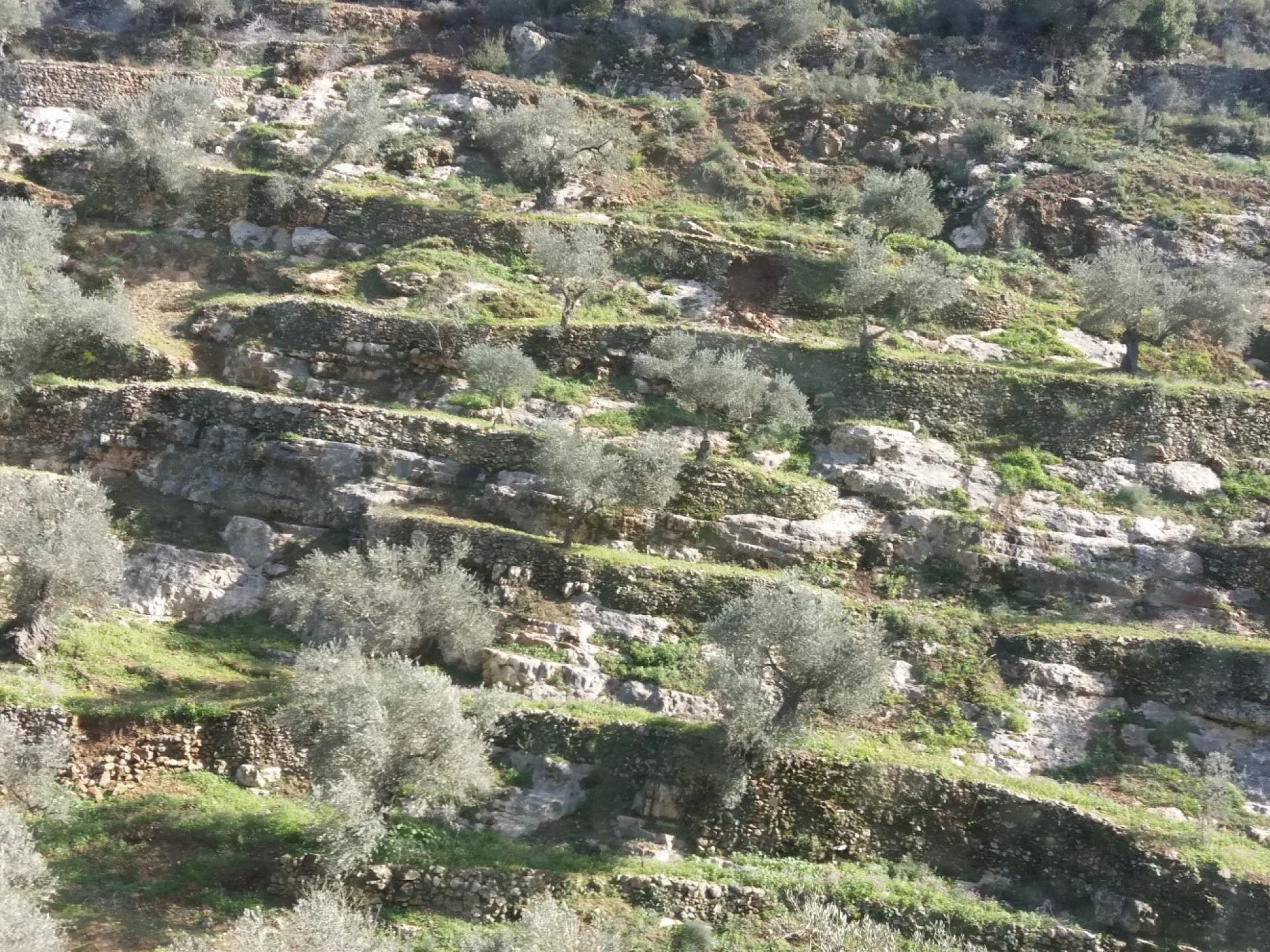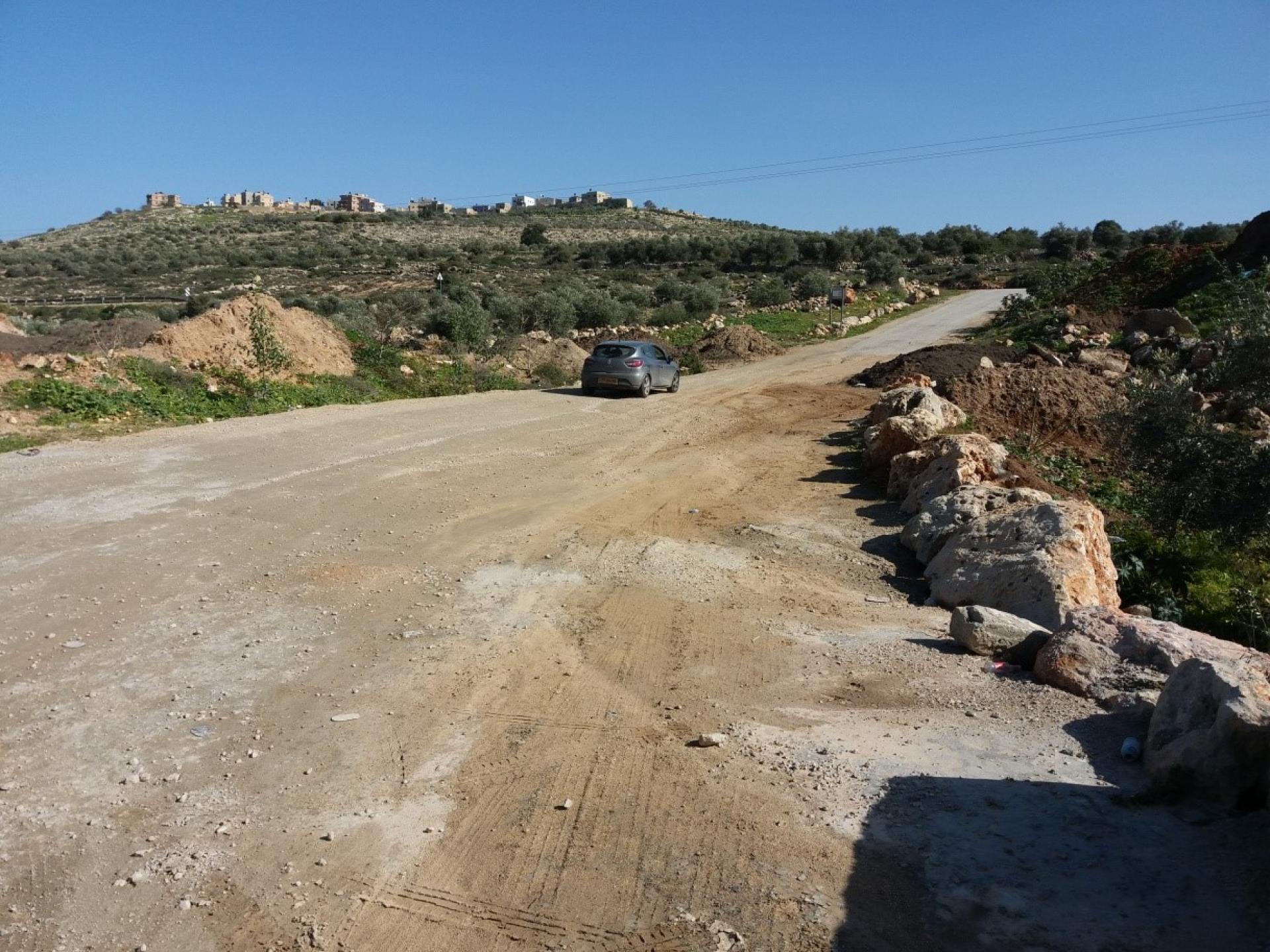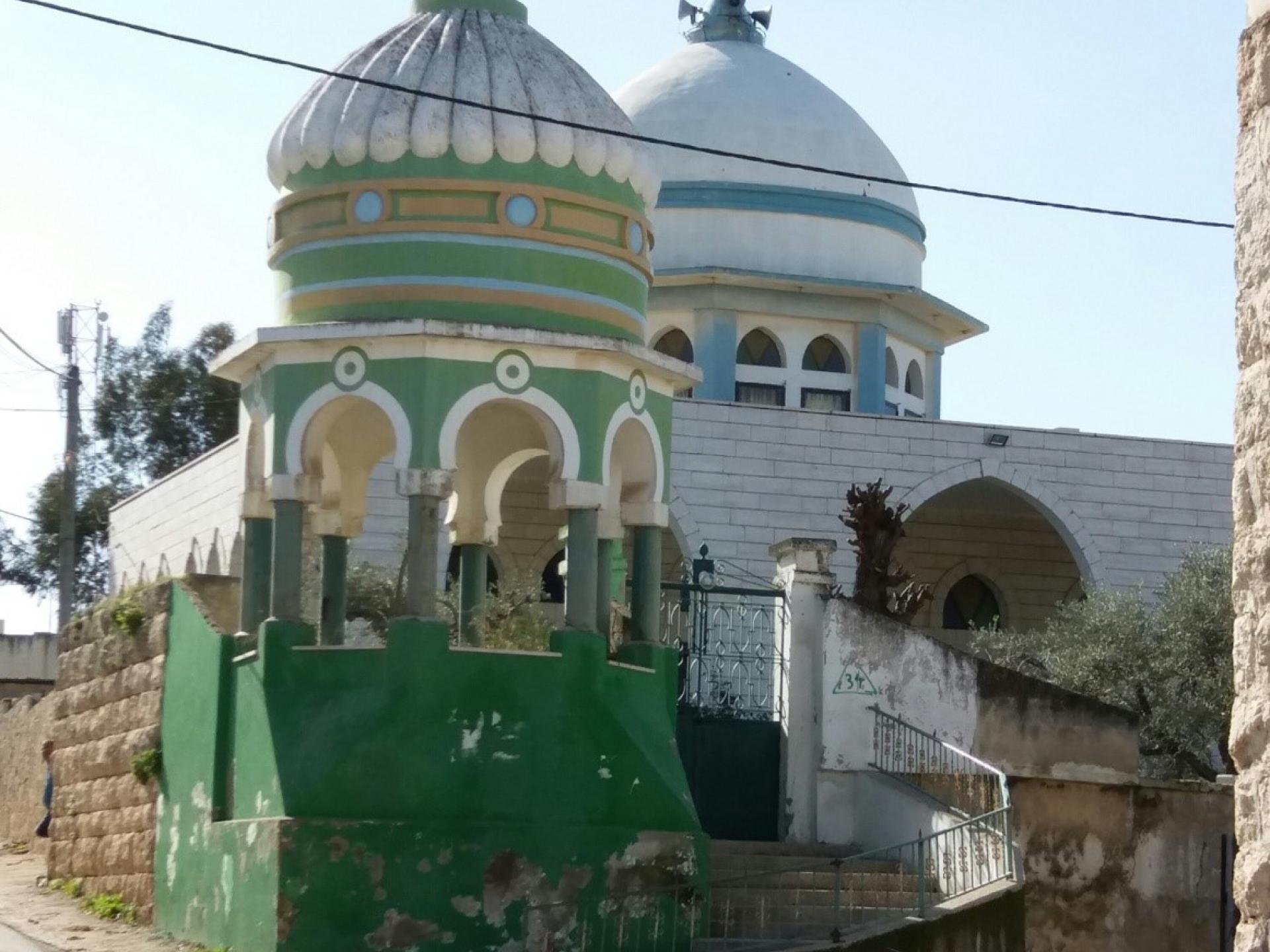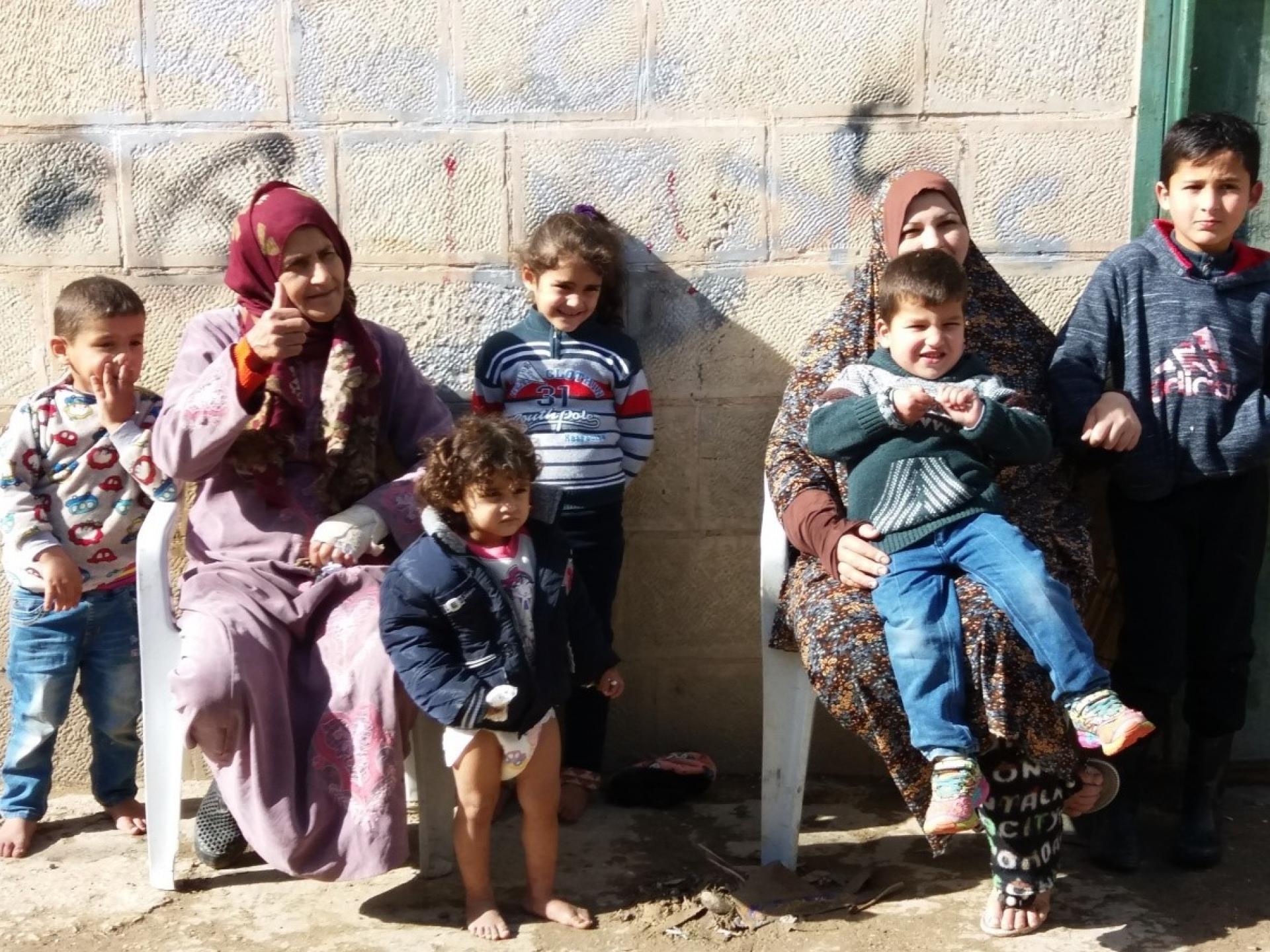Rantis and Abud


Meetings with the village councils of Rantis and Aboud on road 465, in the Beit Arye settler-colony vicinity
Rantis
We met with H., head of the local council, who fills this role voluntarily while working for his living as a teacher.
Rantis village has a population of 3,197 and only 9,000 dunams of land. They used to own 36,000 dunams stretching all the way to Rosh Ha-Ayin (in Israel), but these were stolen from them on 4 occasions: in 1948 the village lost 60% of its farmland, in 1967, in 1977 and lately, in 2006 the village lands were confiscated for paving roads and erecting the Separation Fence.
Rantis Checkpoint is located near the village, on road 465 (Hotze Binyamin). Nearby is an oil well. The land belongs to Rantis villagers but the drilling company is Israeli.
Some of the village lands are located inside Area B, most of them however in Area C. About a year ago a road was paved in order for the villagers to access their farmlands in Area C. The Israeli occupation forces came and demolished it. They can only access their farmlands by foot now and this poses a great difficulty. The army will not let them through with carts or vehicles. 10 months ago they tried to pave a road again. The army came and confiscated the paving equipment.
One of the villagers has a house in Area B – he erected a fence around it but received a demolition order. Another villager intended to build his home in Area C and came to the Israeli DCO in Beit El to pay the official tax. In the meantime he began construction but received a demolition order immediately although the State did take his tax money. The owner of a cowshed that has been standing for the past 15 years in Area C has also gotten a demolition order. On January 6, 2019 the court was supposed to review the fence and cowshed issues but this has been postponed.
The Israeli army “pays them a visit” every night. First a group of about 50 soldiers come on foot, then the vehicles arrive. Soldiers enter homes, order everyone out, mess up furniture, rummage through drawers, all with the excuse of searching for a suspect. Sometimes they hand a summons to questioning to one of the frightened members of the family. And as is done in numerous other villages – soldiers pick up cash that Palestinians hold in their homes. Who do you notify about this? –The Palestinian DCO. Will this robbery every come to an end? Do these thefts not concern the commanders of the “most moral army in the world”?
Many old unlicensed vehicles for quick rides inside the village and in the nearby area were present. This too was “taken care of’ by the soldiers. One night they came in and confiscated all of them, 50 in total.
The village receives water from Mekorot (Israeli national water company) and electricity from the Israeli Electricity Company.
Abud
Entering this village we noticed it is better maintenance and groomed than many other West Bank villages. Both sides of the main street have broad sidewalks and fir trees grow in private yards. The village of Aboud is close to the Israeli settler-colonies of Beit Arye and Ofarim. Muslim and Christian (Catholic and Greek Orthodox) Palestinians live there. The village is situated close to many water springs that constitute some of the sources of the Yarkon River (that runs in Israel near Tel Aviv).
At the village council house we were met by secretary S. who gave us a warm welcome. We complimented her about the beauty of the village, and although she herself is a Muslim she told us that the Christians invest their budget in beautifying and grooming the village, while the Muslim inhabitants prefer to keep their money.
The village numbers 2,013 inhabitants, has 15,000 dunams of land of which 8,000 are olive groves. About 5,000 dunams are situated behind the Separation Fence and are inaccessible to their owners. 15,000 of the villagers live abroad. They left in 1967 and have not returned. At present the Palestinian Authority does not allow people to leave. Only one person out of ten is eligible to leave.
In 2005, when the Separation Fence began to be built on village lands, protest demonstrations were organized every Friday by the local popular committee.
The village has 4 elementary and high schools but many pupils receive extra tutoring after their school hours. Nearly all of them continue to higher institutes of learning and many of them work for the Palestinian Authority.
A surveyor has arrived on behalf of the Israeli land registry, to measure lands taken by the army.
In the recent olive harvest, settler-colonists from Beit Arye and Ofarim chased the villagers away and would not let them harvest their olives. A bridge is planned to be constructed from Ofarim to Beit Arye and naturally, once again on lands that have been stolen from Aboud village. In 2000 the army sealed the entrance to the village of A-Luban. The Palestinian Authority appealed to the Israeli DCO who said – “open it”, but they never got such permission in writing.
And as usual – the army arrives often at night, closes off the entrance gate, no one can enter or leave.
No problem with electricity – they get theirs from the East Jerusalem Company.
Water is supplied by Mekorot. Problems arise occasionally.We drive to Lamon Wadi. The track is unpaved, going steeply downhill alongside beautiful terraces.


